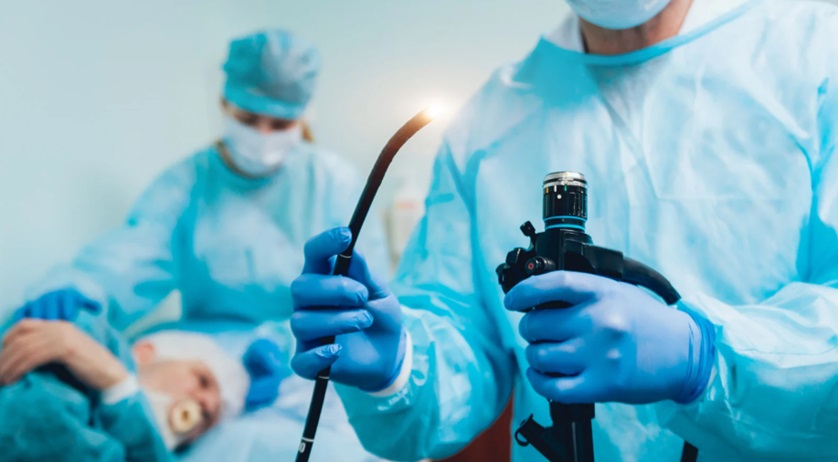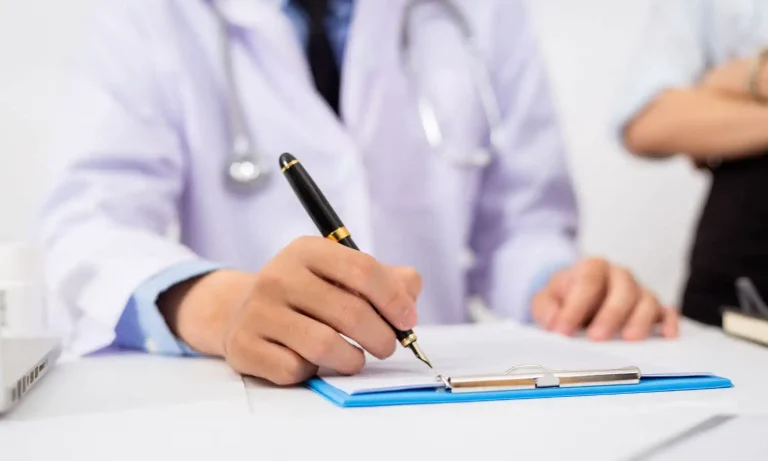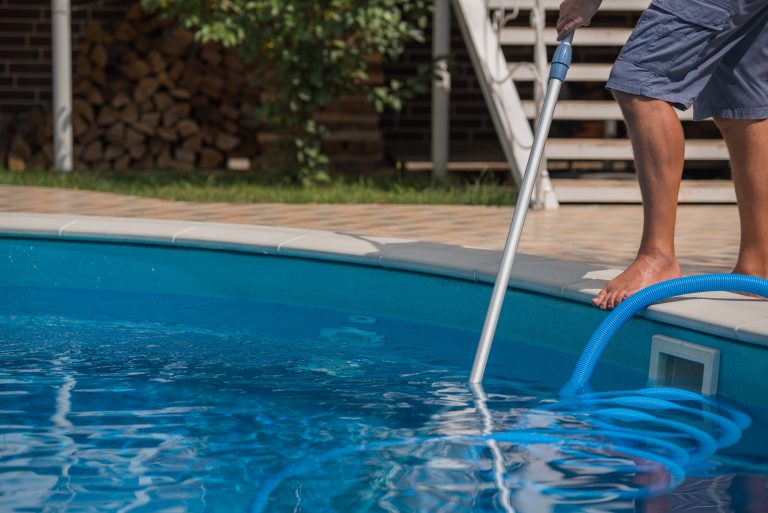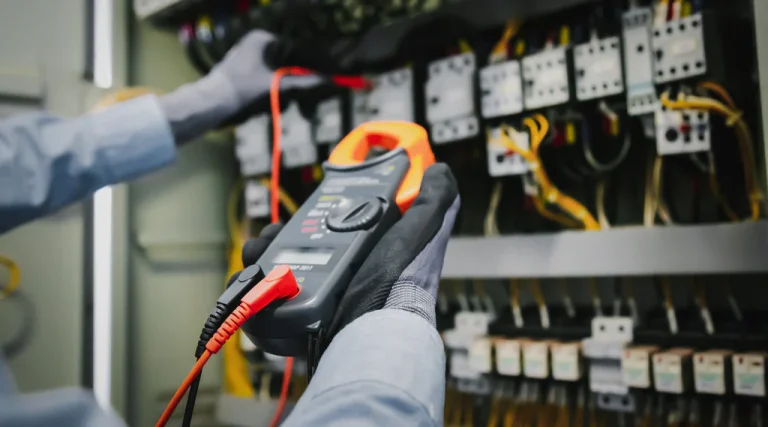
An upper endoscopy, a standard diagnostic procedure, allows doctors to examine the upper digestive tract for various health issues. While the procedure is minimally invasive and relatively quick, understanding the recovery process is vital to ensure proper healing and avoid potential complications. If you’re considering an upper endoscopy in Baltimore, preparing for the aftercare is as important as the procedure. Recovery involves a combination of rest, dietary adjustments, and careful monitoring to make your healing process seamless and stress-free.
This article discusses the key aspects of what to expect post-endoscopy and helpful tips for maintaining comfort and well-being.
Immediate Recovery After an Upper Endoscopy
After the procedure, you’ll typically spend some time in a recovery area as the sedation wears off. Most people feel groggy or drowsy due to the anesthesia, which is entirely normal. You might also notice a mild sore throat, slight bloating, or burping, which are common after-effects of the procedure.
Having someone to drive you home afterward is essential, as operating a vehicle or engaging in strenuous activities is not advisable for the first 24 hours post-procedure. Your doctor will provide detailed instructions tailored to your condition.
To better prepare yourself for the upper endoscopy and its recovery process, consider reading about valuable tips to prepare for an upper endoscopy.
Post-Endoscopy Aftercare Tips
Following your doctor’s post-procedure instructions is essential for a safe and comfortable recovery. Here are some general guidelines to aid your aftercare:
- Take time to rest: Give your body the chance to recover from the sedation and procedure. Avoid heavy physical activities for at least 24 hours.
- Stick to a light diet: Begin with soft, bland foods, and gradually transition to your regular diet based on your physician’s advice. Alcohol should also be avoided until the sedation effects have entirely worn off.
- Monitor for symptoms: Keep an eye out for unusual signs, such as severe abdominal pain, black stool, or persistent vomiting, and notify your provider promptly if they occur.
Comparing Diagnostic Procedures
Understanding how an upper endoscopy stacks up against other diagnostic options might provide clarity for those undergoing the procedure. For a deeper look into its benefits, you can check out this detailed guide on upper endoscopy vs. other diagnostic procedures. Comparing alternatives can highlight why an upper endoscopy is often preferred for specific gastrointestinal concerns.
When to Call a Doctor Post-Procedure
Though complications are rare, it’s essential to know warning signs that might indicate a problem. Contact your healthcare team immediately if you experience:
- Persistent or worsening abdominal pain
- Fever or chills
- Trouble swallowing
- Severe nausea or vomiting
Prompt communication with your doctor ensures that any concerns are addressed quickly, reducing the risk of complications during recovery.
Resuming Daily Activities
Depending on their situation, most patients can resume normal activities within a day or two. Following your healthcare provider’s personalized advice will allow you to transition back into your routine safely.
Conclusion
Recovering from an upper endoscopy is straightforward but requires attention to detail and a commitment to following aftercare instructions. Taking the necessary precautions and staying mindful of potential warning signs can ensure a quick and comfortable healing process. Remember, understanding the recovery process beforehand minimizes stress and helps you take charge of your health effectively whether preparing for the procedure or focusing on recovery, proper guidance and care are key to achieving the best outcomes for your overall well-being.








